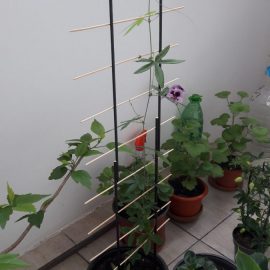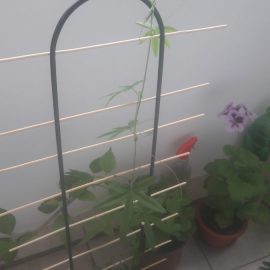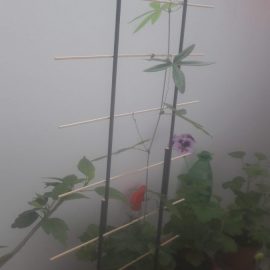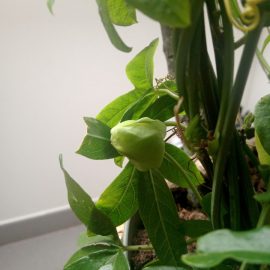Passiflora, plant care and growing guide
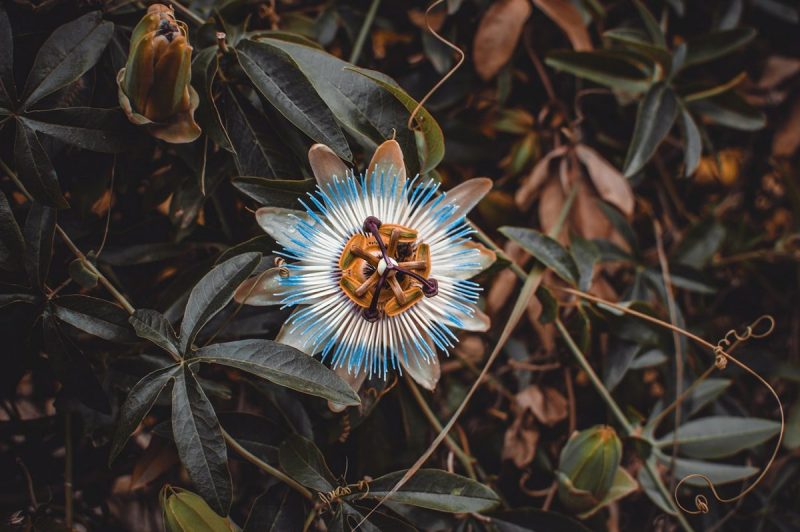
Passiflora is a climbing plant native to the tropical regions of South America, Australia, and Asia. It is used especially as a houseplant. It decorates the space with its large flowers, colored in pink, blue, yellow, or white, in the shape of a star. The flowers remain open only 24 hours, but the flowering is continuous and abundant from summer to autumn. The leaves are persistent, deeply lobed.
Species and varieties. Passiflora caerulea – it is the most common species used as a houseplant; it has the appearance of a vine, the leaves are persistent, and the flowers are large, white, and with a blue corolla. Passiflora quadrangularis – it has long, slightly woody stems; the leaves are oval and large, and the flowers are large and red. Passiflora violacea – the leaves are green on the topside and gray-green on the underside, while the flowers are pink-purple, large, and fragrant.
Recommended products
-
You can find products on a different store
Change Store -
You can find products on a different store
Change Store -
You can find products on a different store
Change Store -
You can find products on a different store
Change Store -
You can find products on a different store
Change Store -
You can find products on a different store
Change Store -
You can find products on a different store
Change Store -
You can find products on a different store
Change Store -
You can find products on a different store
Change Store -
You can find products on a different store
Change Store -
You can find products on a different store
Change Store -
You can find products on a different store
Change Store -
You can find products on a different store
Change Store -
You can find products on a different store
Change Store -
You can find products on a different store
Change Store -
You can find products on a different store
Change Store -
You can find products on a different store
Change Store -
You can find products on a different store
Change Store -
You can find products on a different store
Change Store -
You can find products on a different store
Change Store -
You can find products on a different store
Change Store -
You can find products on a different store
Change Store -
You can find products on a different store
Change Store -
You can find products on a different store
Change Store
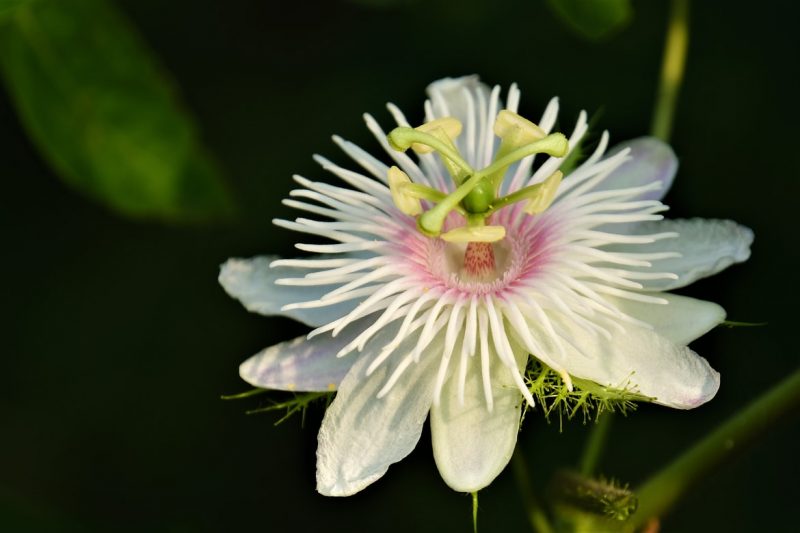
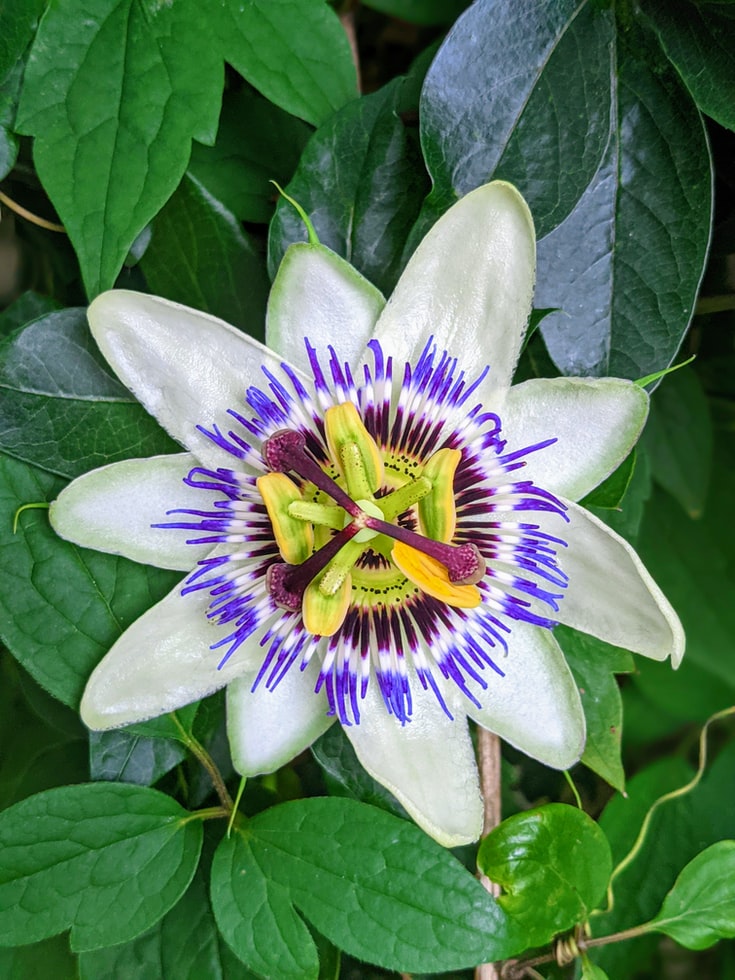
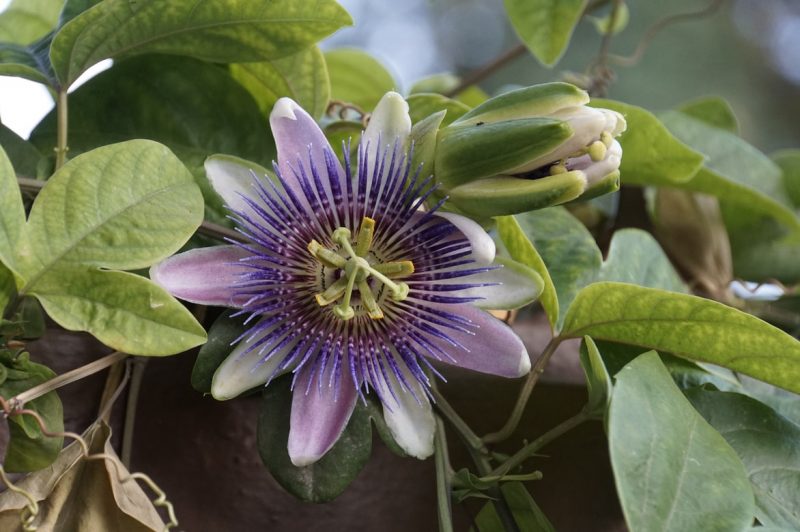
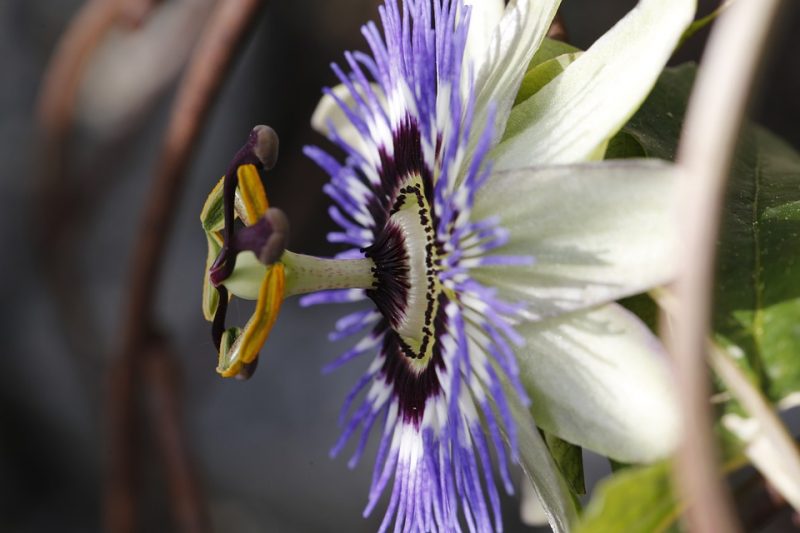
Light. It prefers bright places and even direct sunlight. It grows well in partial shade, but it will not bloom so abundantly.
Temperature. It can withstand high temperatures during the summer if it receives enough water.
Humidity. Passiflora grows and blooms best when the humidity is constant and moderate, both in the substrate and in the atmosphere.
Substrate. It grows well in a fertile substrate, with a very good drainage capacity.
Recommended products
-
You can find products on a different store
Change Store -
You can find products on a different store
Change Store -
You can find products on a different store
Change Store -
You can find products on a different store
Change Store -
You can find products on a different store
Change Store -
You can find products on a different store
Change Store -
You can find products on a different store
Change Store -
You can find products on a different store
Change Store -
You can find products on a different store
Change Store -
You can find products on a different store
Change Store -
You can find products on a different store
Change Store -
You can find products on a different store
Change Store -
You can find products on a different store
Change Store -
You can find products on a different store
Change Store -
You can find products on a different store
Change Store -
You can find products on a different store
Change Store -
You can find products on a different store
Change Store -
You can find products on a different store
Change Store -
You can find products on a different store
Change Store -
You can find products on a different store
Change Store -
You can find products on a different store
Change Store -
You can find products on a different store
Change Store -
You can find products on a different store
Change Store -
You can find products on a different store
Change Store
Watering. It should be done regularly, even daily during the summer, so that the substrate does not dry out before you water it again. It is not possible to mention a specific interval, as it depends on several factors. Atmospheric humidity can be kept high by spraying the plant with water.
In winter, it needs a period of dormancy, so starting with October, watering should be reduced, and the plant should be stored in a cooler space, but with enough light.
In spring, the plant has to be returned to its original place, and watering should be done more often.
Pruning. Shape corrections should be also done in spring, by shortening the lateral shoots to 2-3 knots.
Recommended products
-
You can find products on a different store
Change Store -
You can find products on a different store
Change Store -
You can find products on a different store
Change Store -
You can find products on a different store
Change Store -
You can find products on a different store
Change Store -
You can find products on a different store
Change Store -
You can find products on a different store
Change Store -
You can find products on a different store
Change Store -
You can find products on a different store
Change Store -
You can find products on a different store
Change Store -
You can find products on a different store
Change Store -
You can find products on a different store
Change Store -
You can find products on a different store
Change Store -
You can find products on a different store
Change Store -
You can find products on a different store
Change Store -
You can find products on a different store
Change Store -
You can find products on a different store
Change Store -
You can find products on a different store
Change Store -
You can find products on a different store
Change Store -
You can find products on a different store
Change Store -
You can find products on a different store
Change Store -
You can find products on a different store
Change Store -
You can find products on a different store
Change Store -
You can find products on a different store
Change Store
Fertilization. It should be done every two weeks, during the active growing period (April-September) with fertilizers for flowering plants.
Recommended products
-
You can find products on a different store
Change Store -
You can find products on a different store
Change Store -
You can find products on a different store
Change Store -
You can find products on a different store
Change Store -
You can find products on a different store
Change Store -
You can find products on a different store
Change Store -
You can find products on a different store
Change Store -
You can find products on a different store
Change Store -
You can find products on a different store
Change Store -
You can find products on a different store
Change Store -
You can find products on a different store
Change Store -
You can find products on a different store
Change Store -
You can find products on a different store
Change Store -
You can find products on a different store
Change Store -
You can find products on a different store
Change Store -
You can find products on a different store
Change Store -
You can find products on a different store
Change Store -
You can find products on a different store
Change Store -
You can find products on a different store
Change Store -
You can find products on a different store
Change Store -
You can find products on a different store
Change Store -
You can find products on a different store
Change Store -
You can find products on a different store
Change Store -
You can find products on a different store
Change Store
Repotting. It should be done in spring, only when necessary. However, it is recommended to replace the soil on the surface of the pot with a fresh one, every year.
Propagation. It is propagated through slightly wooden stem cuttings, in spring-summer. Passiflora can also be propagated through layering and seeds. It is a plant especially sensitive to pest attacks. The most common are aphids, whiteflies, and mites.
In addition:
- Passiflora loves the sun, and it needs a lot of light to bloom.
- Passiflora plants have to be sprayed in the morning or in the evening. Spraying during the day, when the sun is strong, can lead to leaf burning.
- the plant has medicinal properties, acting especially beneficial on the central nervous system.
- in Latin, “passio” means passions, and the name Passiflora means the flower of passions. The name was given by Christian missionaries who arrived in South America.
- there are two species of Passiflora that can be grown in the garden – Passiflora incarnata and Passiflora lutea. They can withstand low winter temperatures.















































































































































































































































































































































































































































